3D scanning technology is far from new, but lidars have long been devices by no means miniature. Reducing the size of microprocessors made it possible to place them even in smartphones, and for the first time a full-fledged lidar appeared on the iPhone 12.
Strictly speaking, the technology that allows you to determine distances was used in phones before, but very limitedly, so such gadgets can only be called lidar devices, and we will tell you why.

Contents
What is lidar in iPhone
LiDAR is an abbreviation for Light Detection and Ranging, which can be translated as “object detection and ranging using light”. Lidars, whose light source is a laser, are routine instruments in modern geodesy and cartography. The laser cannot be placed in the phone, but the LED can also act as a source of the light beam, just the radius of its action will be small. This means that it will not be possible to measure long distances, but it turned out that lidar can also be used for short distances.
The principle of its operation is quite simple: the LED emits light waves that are reflected from objects encountered in the path, and they are captured by a detector, which, taking into account the environment scattering the reflected beam, calculates the distance to the object based on the time elapsed from and the descent of the light beam to capture his reflections. That is, now you roughly understand how lidar works in the iPhone.

First, Lidar was implemented in the iPad Pro, released in the spring of 2020, and six months later, it was possible to implement it in the iPhone 12 (Pro / Pro Max versions). The emitter in smartphones is located on the rear camera block.
Full-fledged laser lidars have a sufficiently long range, which made it possible to use them, for example, in the autopilots of modern vehicles. In particular, Tesla’s electric vehicles have many lidars responsible for assessing the road situation – they can not only determine the distance, but also recognize other cars and distinguish them from immovable objects.
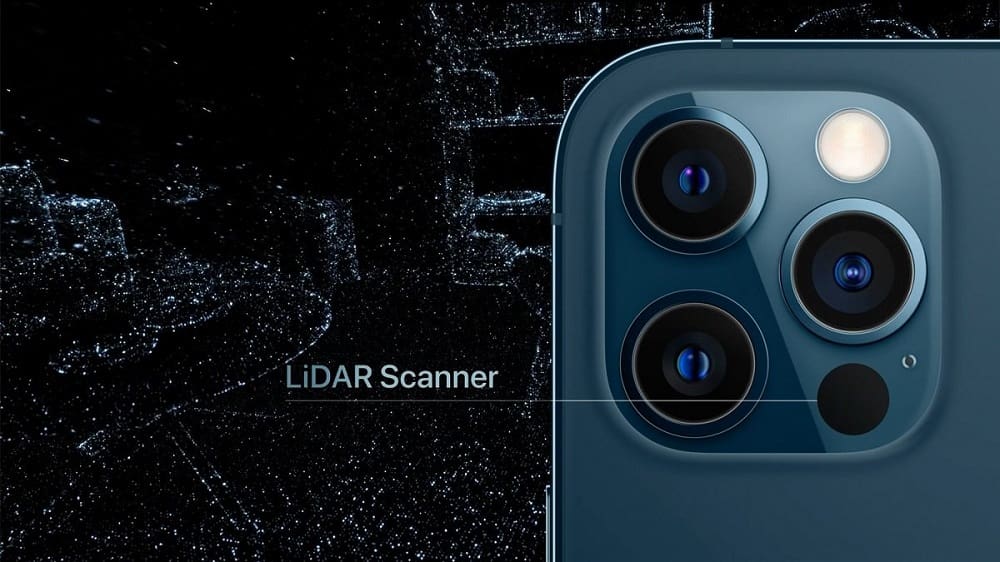
Do not confuse the ToF sensors found on some Android smartphones with the lidars on the iPhone. Time of Flight technology, although based on the same principle – determining the distance to an object using a light beam, does it a little differently – by sending a single pulse.
The Lidar scanner installed in the iPhone scans the space continuously, which allows not only to determine the distance, but also to form a 3D image of objects in the sensor’s field of view. In addition, the lidar coverage area is significantly larger than that of ToF sensors, which makes it possible to use them not only to determine the optimal characteristics of photography, but also in applications focused on augmented reality.

Finally, in sunny weather, ToF sensors do not work well, since direct sunlight confuses the detector, but the lidar does not have this drawback. And its radius of action is greater than that of ToF – today it is about 5 meters, but this figure is artificially limited, and in the near future we can expect a sharp increase in this indicator.
That is, you already roughly imagine what the Lidar sensor is for in the iPhone, and although with its introduction into their gadgets Apple lagged behind a little, in fact, technologically they were ahead of the competition, having implemented a technically more advanced and promising product.
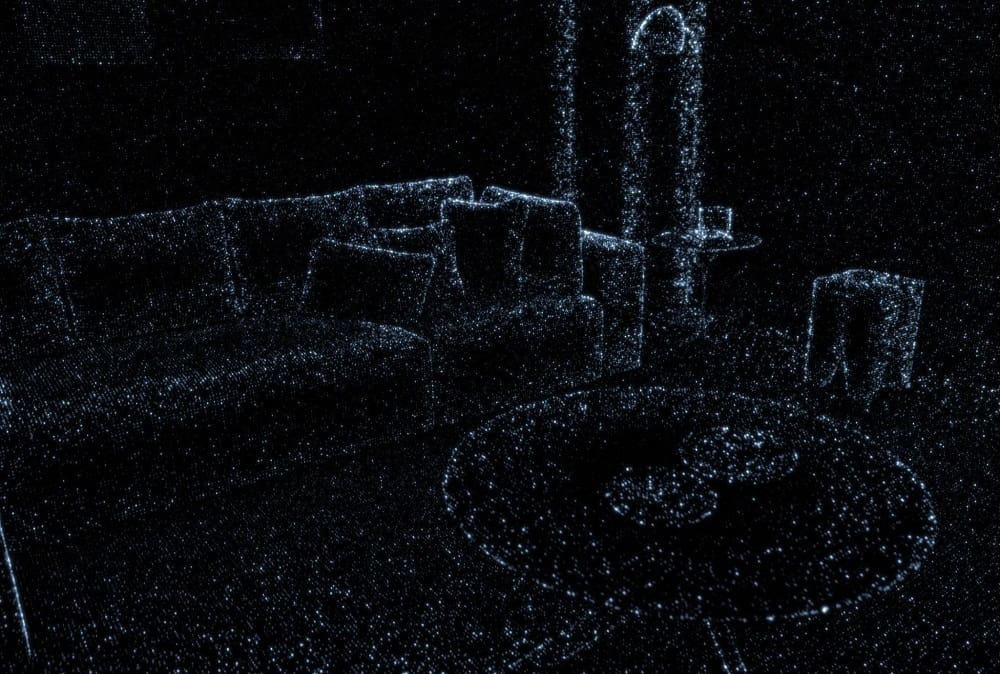
How to use lidar on iPhone
The end user is of little interest in the theoretical calculations outlined above – give them practical use.
Well, let’s discuss this. First, about the effect of using lidar in photography. On iPhone 12 Pro / Pro Max, new technology allows for better portraits: Lidar allows you to better focus different areas of the face, such as hair or ears. So far, this “trick” works only with static, but in the near future it is expected that the technology will be applicable to portrait video. Perhaps this will happen in the next release of the new version of iOS, or you will have to wait for the release of the new iPhone model.
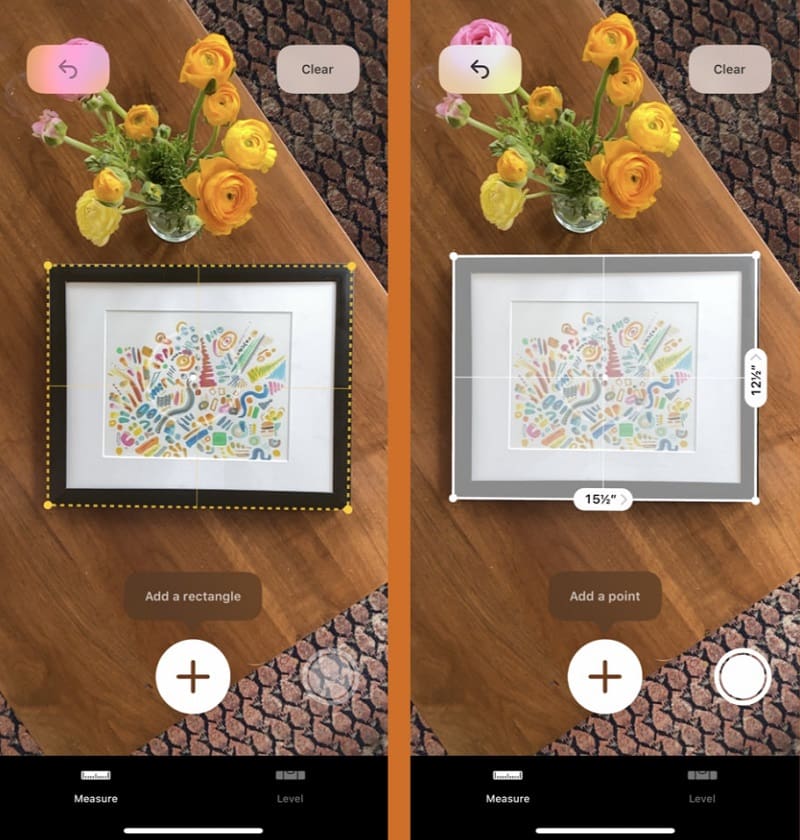
You can also use Lidar on the iPhone 12 Pro for the most accurate determination of distances to objects within the sensor’s range. That is, now it will not be difficult to find out the height of the walls of your apartment, the length and width of all rooms, and even the curvature of surfaces, for example, the floor. And for this you do not need any tape measure and meters.
Moreover, the capabilities of Lidar, implemented in the iPhone 12, allow them to be used during construction work, successfully replacing levels and rangefinders.
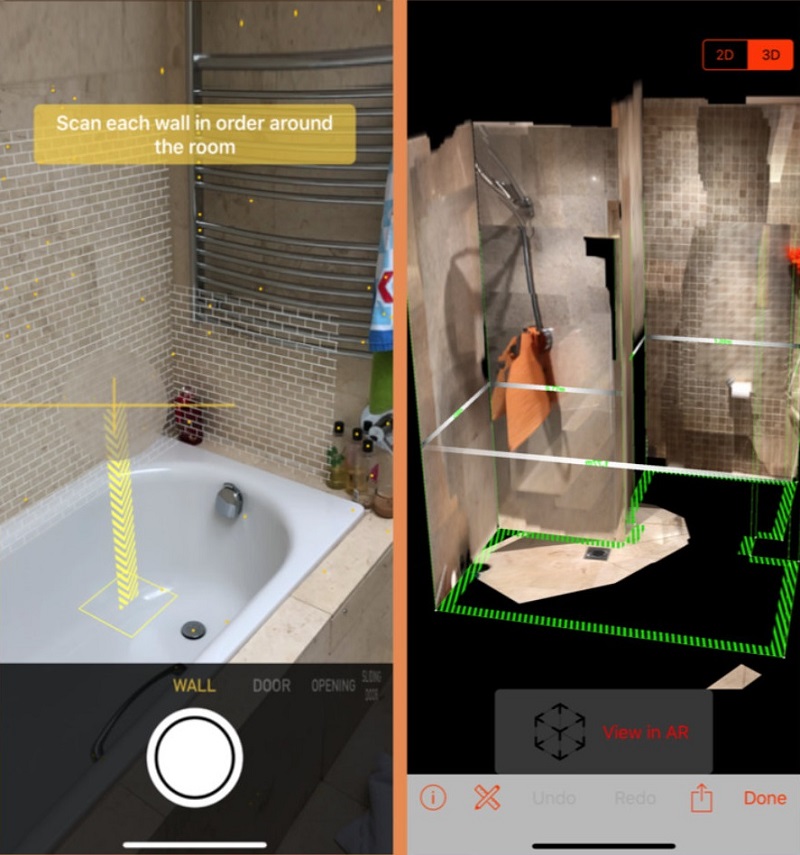
For the “apple” phone, applications have already been developed that have the function of creating room models with the placement of three-dimensional objects such as furniture in them.
Do not forget that the lidar can work in the dark. You can check how much better low-light photos are by turning on the lidar: focusing will be 4-6 times better, but out of focus is the main problem when photographing at night.
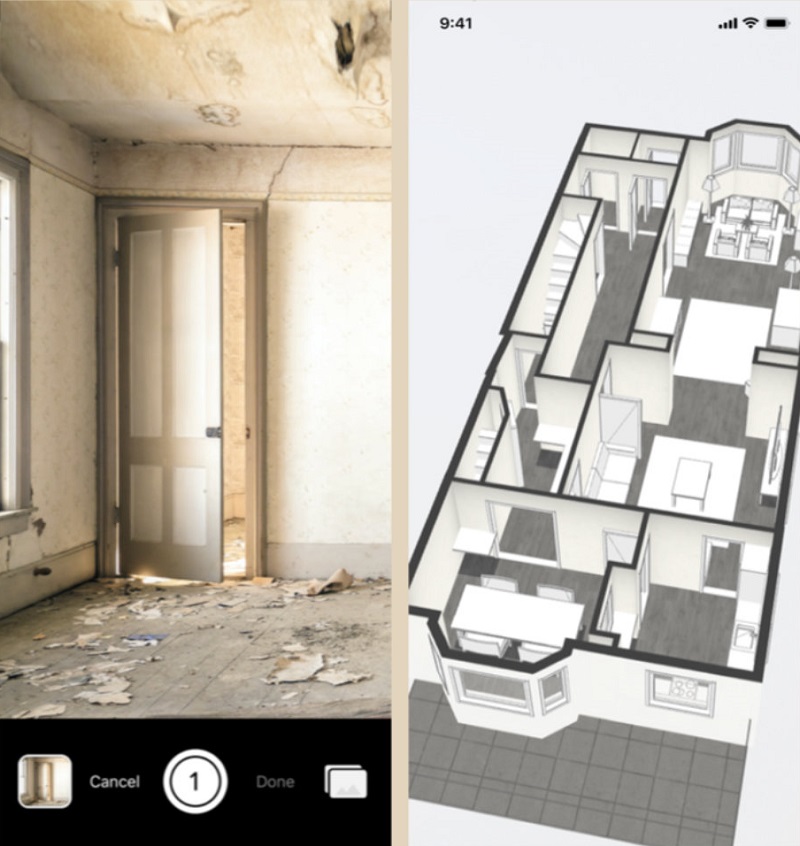
How much lidar is needed in the phone
Initially, the technology used in lidars was used exclusively for cartographic purposes. An interesting fact: Apollo 15 used a laser lidar to scan the lunar surface. Mapping capabilities have gradually appeared in Android phones, where ToF sensors have been used for quite some time.
They can also be used for face control, replacing the rather complex existing Face ID schemes, consisting of several components – the lidar is able to get a much more accurate model of the face surface, and this functionality has already been implemented by the Galaxy S10 5G.
In other words, lidar is a very promising direction with many applied areas of use. In the automotive industry and robotics, lidars are already capable of a lot, and as for smartphones, here the era of lidars is in its infancy. Even experts find it difficult to predict how popular this technology will become in the medium term.
Some of them even claim that the appearance of Lidar in the iPad / iPhone is just a marketing ploy with no practical value other than measuring distances to objects.

In fact, there are more and more applications using this technology for a variety of purposes, from very exotic to really necessary. So there is no need to doubt the prospects of lidars. And yes, this is a really good marketing ploy, which, as the technology is introduced, will force the owners of outdated Apple devices to buy more advanced gadgets.
Android smartphones using lidar technology
We have already noted that the Galaxy S10 5G can use a lidar (or rather, a ToF sensor) to identify the owner of the phone by his face. Considering the fact that the modern smartphone is becoming a powerful financial instrument, security issues of its use come to the fore, and the improvement of one of the means of authentication should hardly be called an insignificant factor. The only sad thing is that other manufacturers are not in a hurry with such innovations.

On the other hand, the introduction of ToF sensors into smartphones is already a trend, and now many modern models are equipped with them. In addition to Samsung, lidar is already available in another South Korean model – LG G8 Thin Q. The Chinese are not far behind, Oppo already has two popular models with lidar: RX17 Pro and Reno, it is worth mentioning Huawei, which released the P30 Pro with a ToF sensor. as well as Honor View 20. Sony also has such a phone – Xperia XZ4.
And since the introduction of lidars into Android smartphones began much earlier than Apple, in some areas they are ahead of Apple devices. For example, Google Pixel ToF sensors are successfully used for mapping purposes, experiments are also underway with the development of augmented reality technology in order to form three-dimensional maps.